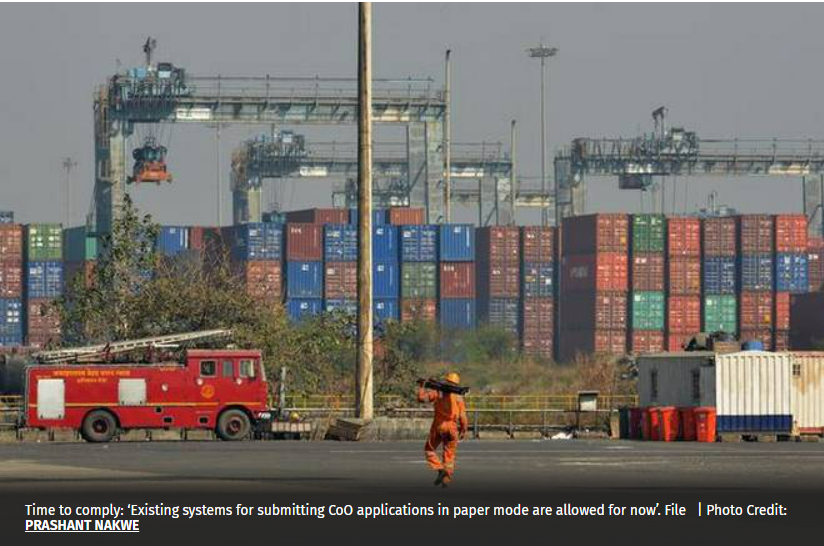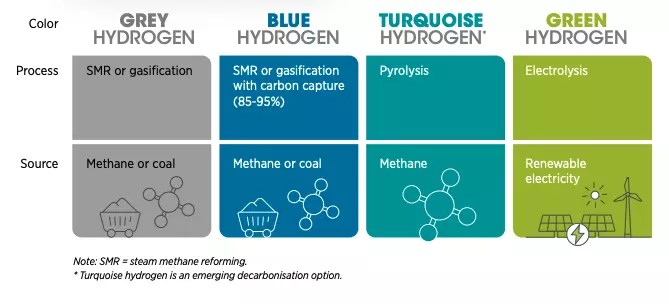Free Courses Sale ends Soon, Get It Now


Free Courses Sale ends Soon, Get It Now



Figure 3: No Copyright Infringement Intended
Context:
About
Types of Hydrogen:

Making of Green Hydrogen:
Usage of it:
Challenge in making it:
Why Green Hydrogren is such a big deal:
Current Production:
Green Hydrogen Infrastructure in India:
© 2024 iasgyan. All right reserved